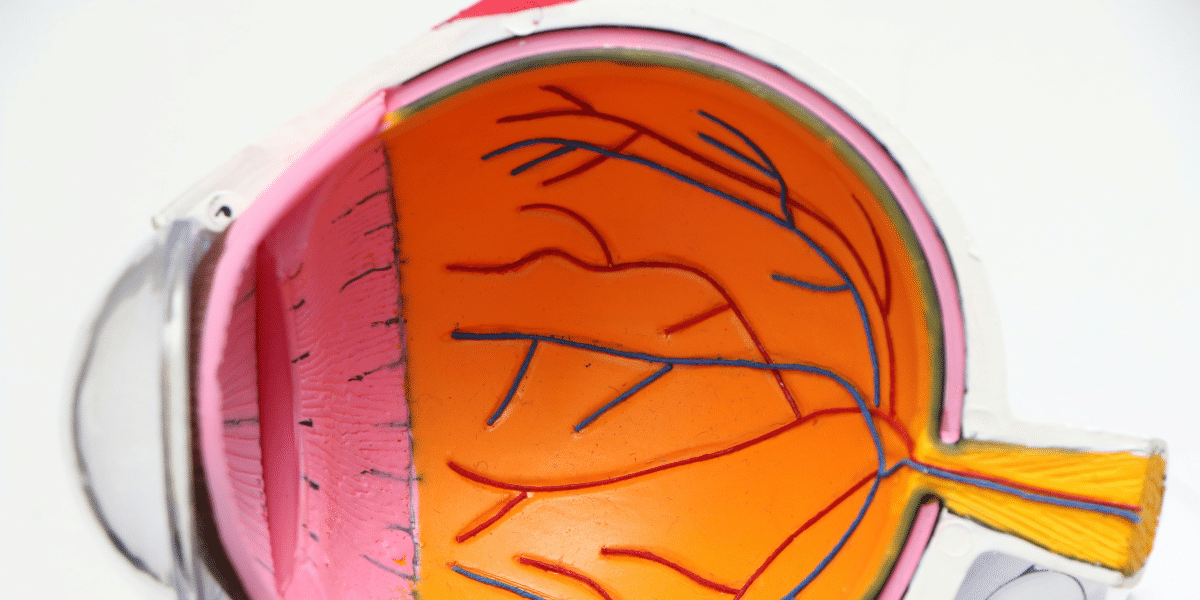For millions of people worldwide, wheelchairs are not just mobility devices; they’re lifelines to independence and freedom. Whether you’re a long-time wheelchair user or new to the world of adaptive mobility, understanding the importance of proper maintenance and care is crucial. A well-maintained wheelchair isn’t just about longevity—it’s about safety, comfort, and ensuring your device is ready to support you in all your daily adventures.
Let’s dive into the world of wheelchair maintenance, exploring the essential practices that will keep your chair rolling smoothly for years to come. Whether you’re using a manual chair, a power chair like the ComfyGo wheelchair, or any other type, these principles will help you maintain your independence and mobility.
The Foundation of Care: Regular Inspections
Just as you wouldn’t ignore strange noises coming from your car, you shouldn’t overlook the subtle signs your wheelchair might be giving you. Establish a routine of regular inspections—weekly for active users, monthly for occasional users. During these check-ups, pay close attention to the following:
Tires and Wheels
Check for proper inflation, wear and tear, and alignment. For pneumatic tires, maintain the recommended air pressure. If you’re using a ComfyGo wheelchair or similar power chair, ensure the treads are in good condition for optimal traction.
Brakes
Test your brakes regularly. They should engage smoothly and hold the chair firmly in place. Any squeaking, looseness, or failure to hold position warrants immediate attention.
Frame
Inspect the frame for any cracks, dents, or loose parts. The integrity of your frame is paramount to your safety.
Upholstery
Look for tears, sagging, or worn areas in the seat and backrest. Proper upholstery condition is essential for comfort and preventing pressure sores.
Moving Parts
Lubricate all moving parts regularly, including wheel bearings, folding mechanisms, and footrests. This simple step can significantly extend the life of your chair and ensure smooth operation.
Cleaning: More Than Just Appearances
A clean wheelchair isn’t just about aesthetics—it’s a key component of maintenance. Regular cleaning prevents the buildup of dirt and grime that can wear down components over time. Here’s how to approach cleaning:
Frame and Components
Wipe down the frame and other hard surfaces with a damp cloth and mild soap. For power chairs like the ComfyGo wheelchair, be careful around electronic components.
Upholstery
Vacuum fabric seats and backrests regularly. For deeper cleaning, use upholstery cleaner designed for your chair’s material.
Wheels and Casters
Clean these thoroughly, removing hair and debris that can affect rolling performance.
Electronics
For power chairs, keep control panels and connections clean and dry. Use compressed air to remove dust from hard-to-reach areas.
Remember, a clean chair is not only more hygienic but also easier to inspect for potential issues.
Battery Care for Electric Wheelchairs
If you’re using an electric model like the ComfyGo wheelchair, battery maintenance is crucial. Modern power chairs often use sealed lead-acid or lithium-ion batteries, each with specific care requirements:
- Charging: Follow the manufacturer’s guidelines for charging. Typically, this means charging nightly, even if the battery isn’t fully depleted.
- Temperature Considerations: Extreme temperatures can affect battery performance. Store and charge your chair in a climate-controlled environment when possible.
- Battery Life: Keep an eye on your battery’s performance. If you notice a significant decrease in range or power, it might be time for a replacement.
Professional Servicing: When to Call in the Experts
While regular at-home maintenance is essential, some aspects of wheelchair care require professional attention. Schedule annual check-ups with a qualified technician who can:
- Perform a comprehensive safety check.
- Adjust complex mechanisms.
- Update software on power chairs.
- Replace worn parts that require specialized tools or expertise.
- For users of sophisticated power chairs like the ComfyGo wheelchair, these professional services are particularly important to ensure all electronic systems are functioning correctly.
Customization and Comfort: Adapting Your Chair
As your needs change over time, don’t hesitate to adapt your wheelchair. This might involve:
- Adjusting seat cushions or backrests for better posture and comfort.
- Upgrading wheels or tires for different terrains.
- Adding or modifying accessories like armrests, headrests, or storage solutions.
- Remember, a comfortable wheelchair is one you’re more likely to maintain properly.
The Impact of Proper Care
The benefits of diligent wheelchair maintenance extend far beyond the chair itself. A well-maintained wheelchair:
- Enhances your safety by reducing the risk of accidents due to equipment failure.
- Improves your comfort, allowing you to use your chair for longer periods without discomfort.
- Boosts your independence by ensuring your mobility device is always ready when you need it.
- Saves money in the long run by preventing costly repairs or premature replacement.
- Moreover, taking an active role in caring for your wheelchair can be empowering. It deepens your understanding of your mobility device and allows you to address minor issues before they become major problems.
Summary
Wheelchair maintenance might seem daunting at first, but it quickly becomes a routine part of life with a mobility device. Whether you’re propelling yourself in a manual chair or cruising in a ComfyGo wheelchair, these care practices will ensure your path to independence remains smooth and unobstructed.
Remember, your wheelchair is more than just a piece of equipment—it’s an extension of yourself, a tool for freedom and exploration. By investing time in its care, you’re investing in your own mobility, independence, and quality of life. So roll up your sleeves, grab your toolkit, and show your faithful companion the care it deserves. After all, when your wheelchair is at its optimum, you’re free to be at yours.
Published By: Aize Perez






